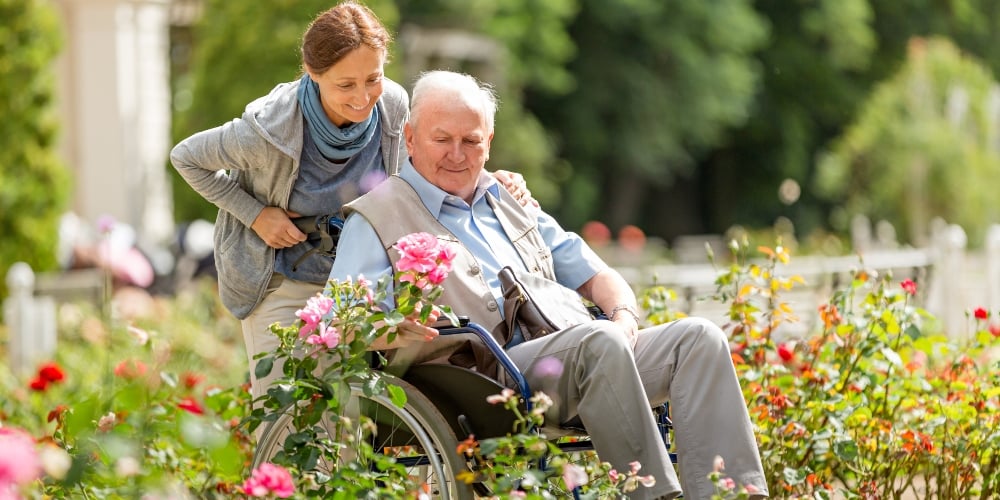
If you or a loved one has a health condition, such as arthritis, diabetes, or heart disease, you might think being physically active could be dangerous. In fact, it’s just the opposite.
Research shows that, regardless of your current health status, it’s important that you move more and sit less throughout the day. Not only can you improve your strength, balance, flexibility, and endurance, making it easier to navigate daily life, but staying active can also reduce your risk of developing health conditions.
But just how much physical activity do you need? Does physical activity always have to be walking or lifting weights? What if you struggle to stay physically active already? And what if you have a chronic condition or a disability? Let’s take a look.
How Much Physical Activity Older Adults Need
As you age, getting regular physical activity is one of the best ways to prevent health problems and to help your muscles grow stronger so you can keep doing your day-to-day activities independently.
According to the Centers for Disease Control and Prevention, older adults should do at least 150 minutes (2 hours and 30 minutes) a week of moderate-intensity aerobic activity, which is considered to be anything that gets your heart beating faster, such as walking briskly, water aerobics, bicycling, dancing, or gardening.
Older adults should also do muscle-strengthening activities that involve all major muscle groups at least twice a week.
You might be thinking that exercise puts you at risk of falling or that you’re too weak or have too many aches and pains to exercise. However, regular exercise builds strength and stamina and improves balance, actually reducing your risk of falling. Additionally, getting moving can help you manage pain and improve your strength and self-confidence.
How to Add Physical Activity to Your Daily Life
If 150 minutes a week sounds like a lot, it’s important to remember that some physical activity is better than none at all.
Start by walking for 10 minutes at a time. Slowly increase the total amount of time you are active, the number of days you are active, and the intensity of each activity. Try building up to 30 minutes a day, five days a week.
To make sure you’ll stick with it, pick physical activities that you enjoy. Walking the golf course, lifting and carrying as part of gardening, and taking photographs on a nature hike are all examples of physical activities for older adults.
It also helps to try a variety of activities. This can not only keep your workouts interesting; it can also reduce the risk of overuse injury.
What If You Have a Chronic Condition or Disability
If you have a chronic condition, talk with your doctor to determine whether your condition limits your ability to do regular physical activity. If your condition stops you from meeting the minimum recommended activity levels, try to do as much as you can. What’s important is that you avoid being inactive.
If you have a disability, it’s also best to talk with your doctor about the amounts and types of physical activity that are appropriate for you and your abilities before you begin a physical activity routine.
For more tips on living well in old age, subscribe to Highgate Senior Living’s monthly newsletter, Purposeful Living, today.





